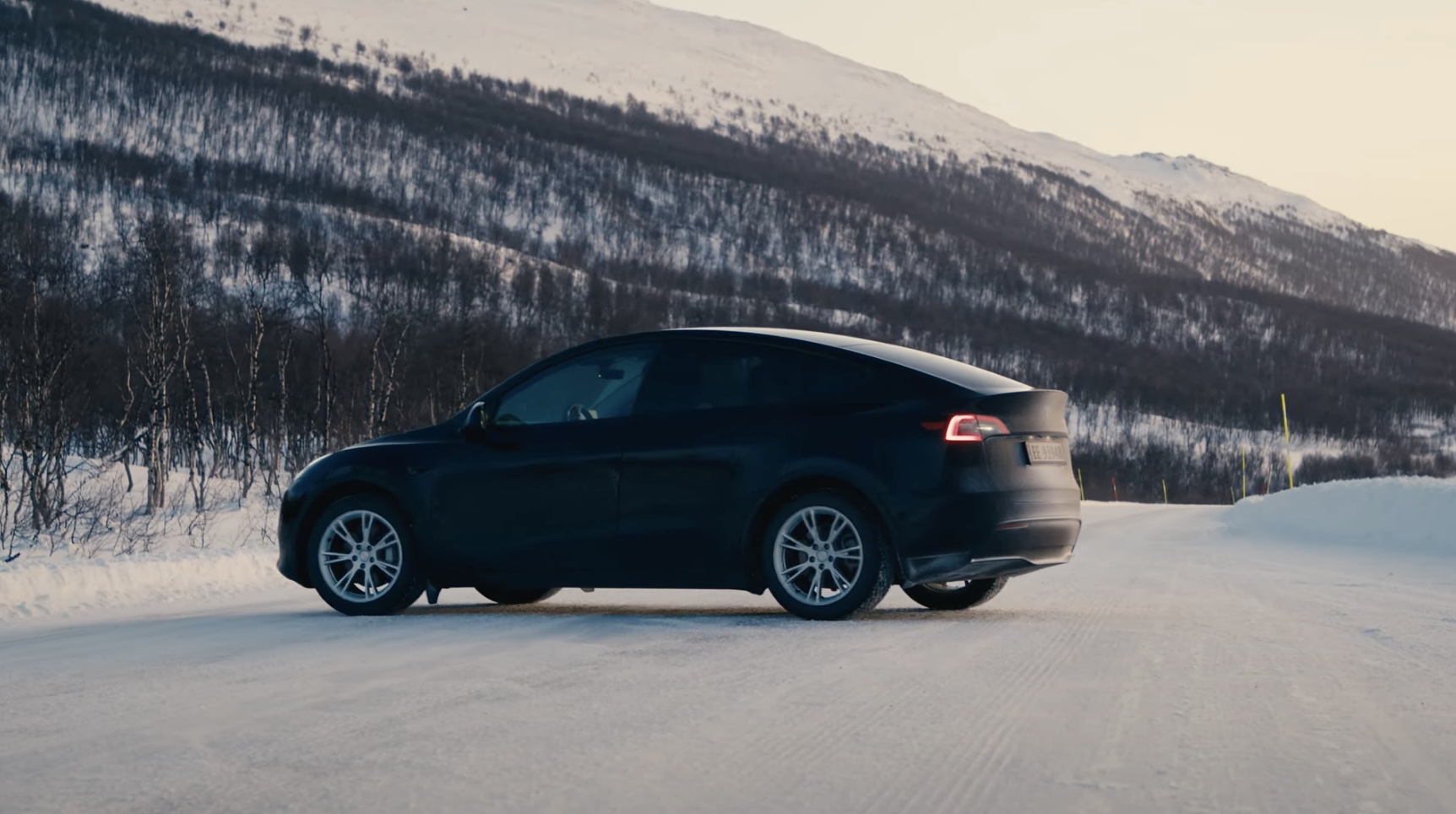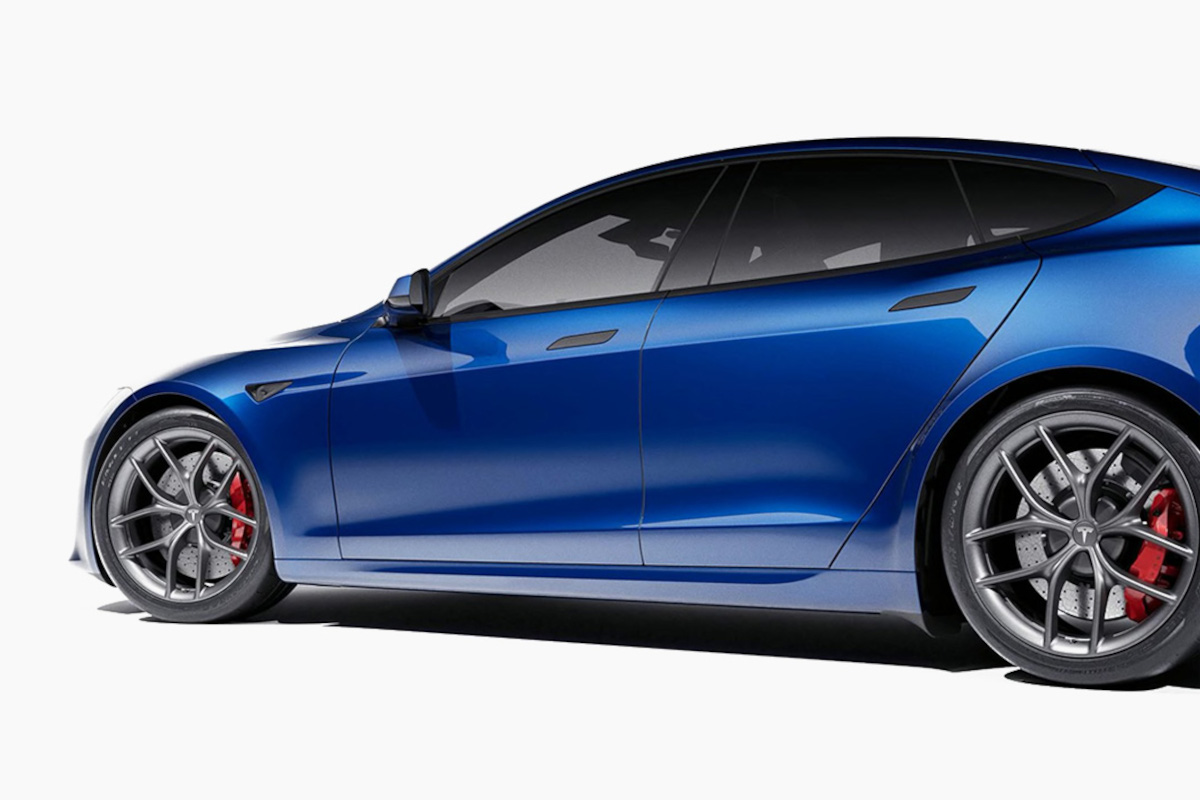Key Points
- Tesla tests its vehicles in extreme cold weather conditions, including temperatures as low as -30 degrees Celsius (-22 degrees Fahrenheit).
- The company tests its batteries, Superchargers, heat pumps, and snow and ice performance to make sure its vehicles can operate reliably in any climate.
- Extreme cold weather testing is rigorous and helps to ensure its vehicles can meet the needs of customers who live in cold climates or who travel to cold destinations.
Tesla
Tesla actively addresses stereotypes by conducting extensive extreme cold weather testing, demonstrating its commitment to ensuring vehicle performance in diverse conditions.
Extreme cold weather testing
The company goes beyond regular winter tests, pushing the limits by conducting extreme cold weather testing just a few kilometres below the Arctic Circle. This dedication allows Tesla to gather crucial insights into the capabilities and performance of its vehicles, such as the Model Y, in extremely cold conditions.
Tesla’s approach involves subjecting vehicles to scenarios that customers commonly encounter. This meticulous testing guarantees Tesla cars can operate reliably in any weather, including the extreme cold of the Arctic Circle.
Safety
Even Tesla’s upcoming models, like the Cybertruck, undergo similar testing. This extension of extreme cold weather testing to new vehicles highlights Tesla’s dedication to providing top-tier performance and reliability in challenging environments.

Customer Satisfaction
For a comprehensive view of Tesla’s extreme cold weather testing and how the company ensures vehicle performance in these conditions, the shared video offers valuable insights. This proactive approach helps dispel misconceptions and provides accurate information to critics and potential buyers about Tesla’s commitment to engineering vehicles excel in various climates.
Conclusion
Tesla goes to great lengths to ensure its vehicles can operate reliably in extreme cold weather conditions. The company tests its vehicles in temperatures as low as -30 degrees Celsius (-22 degrees Fahrenheit) and tests all aspects of its vehicles, including battery performance, charging performance, heat pump performance, and snow and ice performance.
This rigorous testing helps to ensure Tesla vehicles can meet the needs of customers who live in cold climates or who travel to cold destinations.
Tesla’s commitment to extreme cold weather testing is an important part of its commitment to providing reliable and safe vehicles for its customers. The company is confident its vehicles can handle any climate, and it is constantly working to improve its vehicles so they can meet the needs of its customers even better in the future.




































